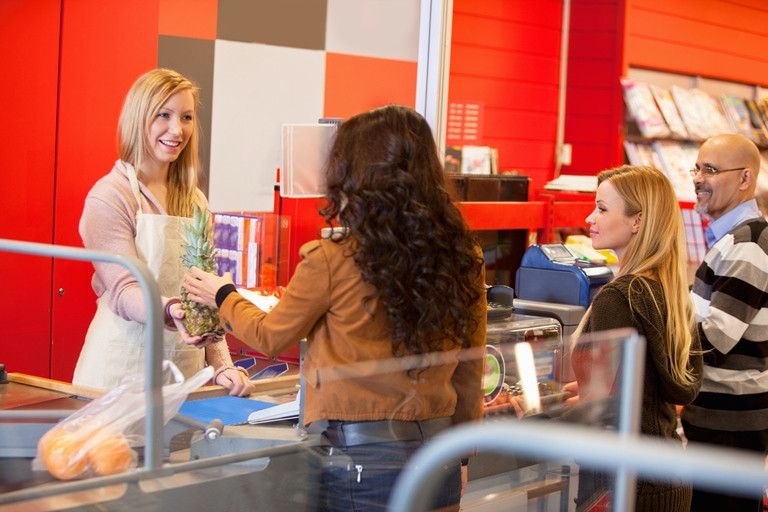
At the cashier of a fast-food restaurant, online, in the supermarket – there are countless opportunities every day when we are likely to see others make consumption decisions. There are even times when those same customers watch us subsequently make our choice, perhaps when they see us drop the same product in our basket. A study by researchers Young Eun Huh, Joachim Vosgerau and Carey K. Morewedge shows these are not innocuous observations but in fact can end up influencing the choices we make.
Just as we mimic the language and expressions of others when we are in their company, watching others make a consumption decision can also influence our behaviour. The authors construct arguments and experiments to show how this works.
“We suggest that when a person is deciding between options for which her preferences are not well-formed, observing the choice of another person makes that choice the social default,” they said. “The social default will be more likely to be chosen, or mimicked, by the person unless it is perceived to be inappropriate to adopt it or when the person has sufficient cognitive resources to deliberate when making her choice.”
They conducted six experiments to support this argument. These involved consumers selecting Korean products whose packaging the participants could not read, to add an element of uncertainty. Participants observed a “confederate’s” choice and then made their own choices either while they were observed (in public) or privately. Some had to justify their choice in writing, some chose under time constraints, and some chose under a cognitive load.
When being observed, the participants were less likely to choose the same product as the confederate if they had to make their choice in public, which the authors attributed to impression management. “People are concerned about how others perceive them and thus behave in ways they believe will form positive impressions. They might have felt embarrassed to copy the confederate’s choice and thus diverged to avoid being perceived as a ‘follower’,” they said.
Likewise, those who had to justify their choices were less likely to mimic the social default choice of the confederate.
On the other hand, when participants were under a high cognitive load – one group was asked to memorise an eight-letter sequence that they had to recall after making their choice – and limited time to make a choice, they were more likely to copy others. In fact, when the choice was between an inferior and superior type of tea, those under high cognitive load tended to mimic the social default choice even when this was the inferior tea. “The results suggest social default effects are sufficiently strong to lead consumers to choose options they would otherwise reject,” the authors said.
So why might consumers behave like this? The authors rule out informational influence – if the confederate’s choice was providing them with information, they would select it whether chosen in public or private. They also ruled out a desire to adhere to normative behaviour – this would have made them more likely to choose the same as the confederate in all instances when the confederate observed them.
Rather, what was likely going on was “automaticity” – the automatic adoption of the social default in which the consumer is unaware of that influence, finds it more efficient than deliberating, and can disrupt and control their response if they are sufficiently willing and able to exert the effort. Notably, the experiments also showed that participants were often not even consciously aware of the confederate’s choice.
Overall, the evidence supports the idea that choice, like behaviour, can be influenced by social factors. “The automatic processes that underlie behavioural mimicry appear to not only influence nonverbal communication, emotions and behaviour elicited in interpersonal interaction, but also lead consumers to adopt the preferences of other consumers,” they said.



